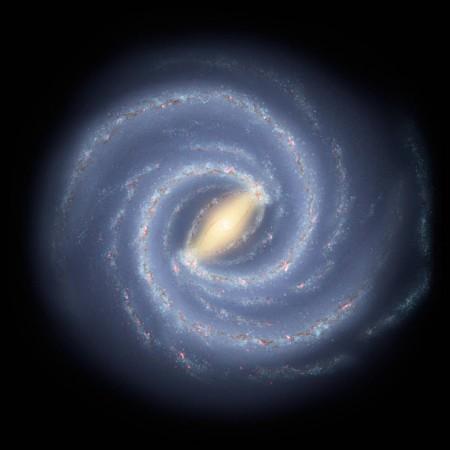
New measurements of the mass of Milky Way galaxy, has put the galaxy at 9.5 x 1041 kilograms or 95 followed by 40 zeros. In short, it is 4.8 x 1011 times the Sun's mass.
Also Read: Astronomers now believe there are more than 2 trillion galaxies in the universe!
The research was carried out at the McMaster University, Canada, led by Gwendolyn Eadie. The re-estimated mass of the Milky Way was announced by Eadie at the winter meeting of the American Astronomical Society in Grapevine, Texas.
The researchers arrived at the number using a Bayesian analysis, which refers to a statistical paradigm that answers all questions about unknown factors, utilizing probability statements.
The researchers used direct measurements of globular clusters along with Bayesian analysis. Space scientists can calculate the Sun's mass with the help of its gravitational pull on Earth. Similarly, the Milky Way's gravitational pull towards global clusters of stars can also be determined.
"The methods we've developed could be important in other studies that do other kinds of research," Eadies explained.
"These methods have been used in other fields, but they're starting to become more useful in astronomy now that we have computers that can do these complex calculations," she concluded.
The newly estimated mass of the Milky Way comprises planets, stars, clouds of gas, debris , dark matter and every other element the galaxy is made up of.
"The biggest thing is that we're including measurement uncertainties that are carried through the analysis," Eadie, a doctoral candidate with McMaster University in Hamilton, Ontario, told nytimes.com.
"So we have a good handle on the uncertainty in our mass estimate. The low end is 4.0 x 1011 solar masses, and the high end is 5.8 x 1011," Eadie stated further.
This research is published in the Astrophysical Journal.













